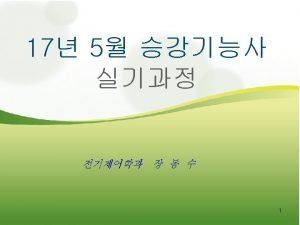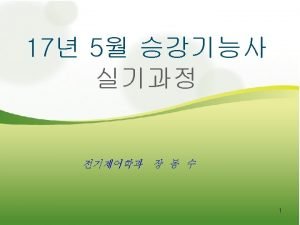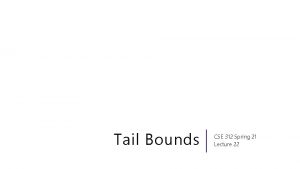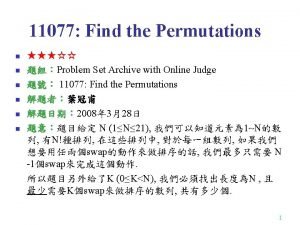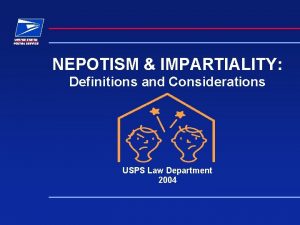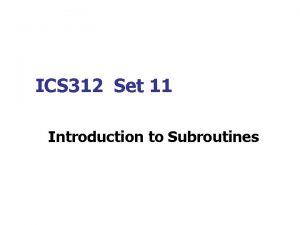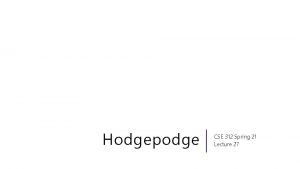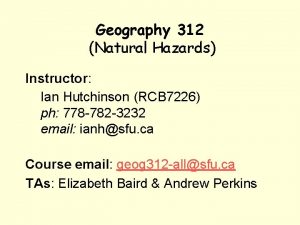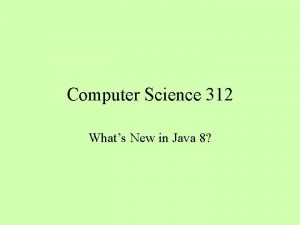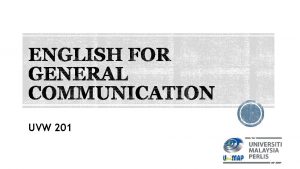UVW 312 English for Technical Communication Week 4











- Slides: 11

UVW 312: English for Technical Communication Week 4 SUMMARY WRITING. CENTRE FOR INTERNATIONAL LANGUAGES (CIL) Semester 1, 2019/2020.

Word Limit • It will be according to THE INSTRUCTIONS GIVEN. • E. g. , You should write at least 150 words. OR • You should write no more than 150 words. • Etc. Make sure you read the instructions clearly!!

What you have to do… For the purpose of this course, you need only to… • Report the main data/features. • Compare and Contrast. • NO NEED to provide reason or analysis or interpretation of data.

Structure • Generally, both the one paragraph or the three paragraphs format are acceptable. • However, the main thing is that your summary should have introduction, body and conclusion.

Introduction • TWO sentences (1 mark) • FIRST SENTENCE: Define what the graph is about. (date, location, time frame, description). – E. g. : The line graph shows the rates of casualties from the road accident in Malaysia from 2003 to 2013. • SECOND SENTENCE: Identify the variables involved/ summarize the overall trend.

Body • Describe the information presented in the graph/chart in detail. • BAR GRAPH and PIE CHART: – Identify what are the HIGHEST, SECOND HIGHEST/AVERAGE and the LOWEST part of the graph. • LINE GRAPH: • Describe about the TREND of the graph (INCREASE or DECREASE) and compare the changes over time (chronologically). • SUPPORT or PROVE your data with numbers or percentage from the given paragraph.

Conclusion • Sum up the global trend/ or data shown on the figure. • Is it constantly increasing? • Is it constantly decreasing? • Is it always remain stable? • Is it always changing?

Exercise 1 - Introduction • The line graph shows the performance of food and beverage industry in Malaysia from year 2000 to 2010. • From the graph, both food and beverage sales have experienced a lot of changes throughout the ten years.

Content • 2000 -2004: both food and beverage sales increased gradually – beverage sales – RM 1 million to RM 3 million – food sales – RM 2 million to RM 4 million. • 2004 -2005: beverage sales – reached the maximum. RM 5 million – food sales – dropped/declined suddenly – RM 2. 5 million. • 2005 -2006: beverage sales decreased slightly from RM 5 million to RM 4. 5 million – food sales increased drastically from RM 2. 5 million to RM 3. 5 million. • 2006 -2010: beverage sales remained stable with RM 4. 8 million- food sales fluctuated between RM 3 million and RM 3. 5 million.

Conclusion • In conclusion, beverage sales has shown a better performance than food sales during the ten years. • Beverage sales (2000 = RM 1 million) (2010= RM 4. 8 million) • Food sales (2000 = RM 2 million) (2010= RM 3 million).

